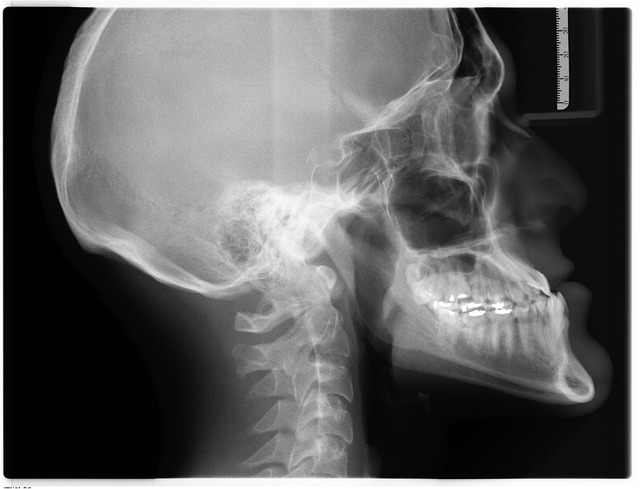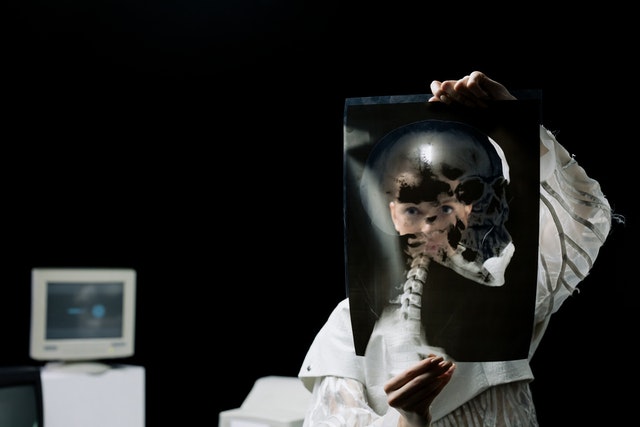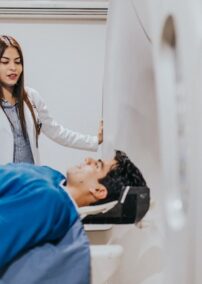Over 125 years ago, Wilhelm Conrad Röntgen made a monumental discovery that changed medical practices forever. He was the first man to see the results of using radiological rays as a non-invasive way to investigate inside a human being’s body.
With the help of Röntgen’s discovery of what is today commonly known as X-rays, medical science has been able to advance at an accelerated rate. In the modern world, just about every person has experienced having an X-ray in one form or another.
X-ray technologies have advanced at a staggering rate in the past 125 years, and so has their uses. Professionals depend on X-rays in dental offices, doctor’s offices, chiropractic offices, hospitals, urgent care, and other medical service facilities.
With the medical community using X-rays so frequently, the public must understand the types of radiation we encounter and the risks involved with radiation exposure.
The air we breathe, soil and water, rocks, and plant life all have radiation. Radon is natural radiation found in soil and can be potentially harmful to humans. Cosmic radiation (which includes X-rays) constantly penetrates the earth’s atmosphere and is all around us. Cosmic radiation is unavoidable but is at low levels.
We have no choice but to live with the natural and cosmic radiation exposure, but X-rays are a choice we need to evaluate.
When professionals take a diagnostic X-ray, the image reflects on the X-ray negative plate depending on how much radiation is absorbed. The reason bones appear white on the negatives is because bones have a high calcium content that absorbs the radiation.

With all X-rays, ionizing radiation is used, potentially harming living tissue. Radiography is the most commonly used X-ray imaging and uses the smallest amount of radiation. Professionals use radiography to image bones, teeth, and chest X-rays.
Fluoroscopy also uses a small amount of radiation, but more than radiography. Professionals use fluoroscopy with barium drinks to watch how the body acts and reacts during digestion.
Computed Tomography, or CT, uses the highest amount of radiation. The higher radiation is because, during one procedure, the CT mechanism takes multiple X-rays.
If used appropriately by a professional, the benefits of having X-rays taken far outweigh any risk of radiation exposure. Using X-rays, medical staff can detect cancerous tumors, infections, and damaged blood vessels. The risk of developing cancer from the ionizing radiation of X-rays is small.
Even with the low risk of cancer from X-rays, patients receiving medical treatment involving radiation should ask questions and communicate their medical history to their provider. Also, when providers recommend X-rays for children, ask the technician to double-check that the X-ray machinery has been adjusted for a child. Risks are more significant for children than for adults.
Even though studies show the low dose of radiation from X-rays–when used appropriately—does not cause health problems, X-ray technology is improving every day. Researchers are discovering ways to reduce radiation dosage, improve imaging, and create better materials and methods of imaging.
Vesta Radiologists
We work with healthcare offices that provide x-rays as a diagnostic tool. We help them interpret their findings so they can continue to service their patients in a timely manner. Look to Vesta’s US Board Certified Radiologists to help take on any workload you need taken care of, nights, days and even weekends.



